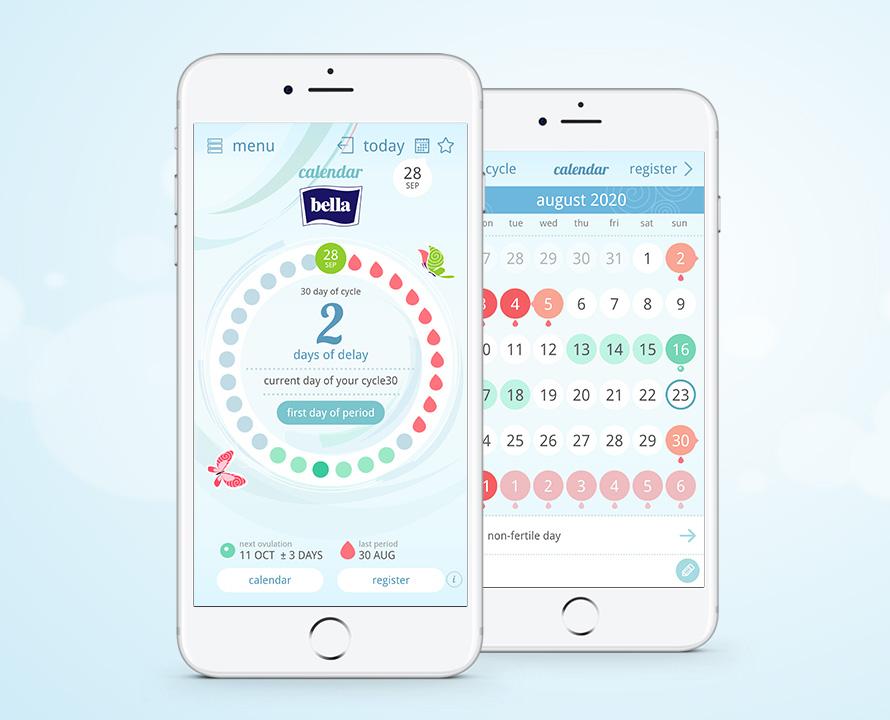 konfigurator
konfigurator
 Products
Products

Menstruation before menopause
Hot flashes, cold sweating, sleep disorders, irritations: every woman experiences menopause differently. This life stage usually begins between the age of 45 and 55. When will menopause exactly start? Unfortunately, it cannot be predicted. Very important is your lifestyle, but also genes. If a woman stopped menstruating relatively soon, it is very likely that the situation will be similar in her daughter as well.
Irregular cycles
 A few years before the last menstruation, that is before menopause, a woman’s cycles can become very irregular. Reduced cycle lengths are often observed, but sometimes even 60 days might pass between periods. The bleeding intensity also changes. Your period can be heavier during one cycle, while the other might involve just mild discharges. Anovulatory cycles start to appear. The irregularities are caused by hormonal changes: lower oestrogen and progesterone levels.
A few years before the last menstruation, that is before menopause, a woman’s cycles can become very irregular. Reduced cycle lengths are often observed, but sometimes even 60 days might pass between periods. The bleeding intensity also changes. Your period can be heavier during one cycle, while the other might involve just mild discharges. Anovulatory cycles start to appear. The irregularities are caused by hormonal changes: lower oestrogen and progesterone levels.
Low oestrogen levels and incontinence
oestrogens affect not only the female reproductive system. They also play a role in the functioning of the lower urinary tract. Frequently, menopause involves stress incontinence. For many women, it is an embarrassing problem, but it is often good to talk to a doctor about it and choose the best treatment method. It is important to ensure a feeling of comfort and proper hygiene. If you experience incontinence, instead of sanitary pads, use special bladder control pads (Bella Control Discreet). They absorb urine much better, neutralise the unpleasant odour and, what is most important, are very discreet, unnoticeable under your clothes
Pregnancy during menopause
The start of perimenopause does not mean a definite end to your fertility. Not every cycle is anovulatory and it is still possible to conceive. If you do not plan on becoming pregnant, contraception is recommended.

Tips for teenagers
Learn more
Tips
for all
of us
Learn more

Tips in menopause
Learn more#DISPOSEWISELY!
On the packaging of products, such as sanitary napkins, panty liners and tampons, you can see the marking:


It is to clearly indicate where used hygiene products should go and illustrate the consequences of their improper disposal.
Thanks to proper segregation, we contribute to reducing the amount of waste of hygiene products thrown into toilets and, consequently, ending up in the seas and oceans.
Find out more
 Polski
Polski Angielski
Angielski Rosyjski
Rosyjski Czech Republic
Czech Republic India
India Lithuania
Lithuania Germany
Germany Romania
Romania Słowacja
Słowacja Ukraine
Ukraine Hungary
Hungary Austria
Austria Bułgaria
Bułgaria

